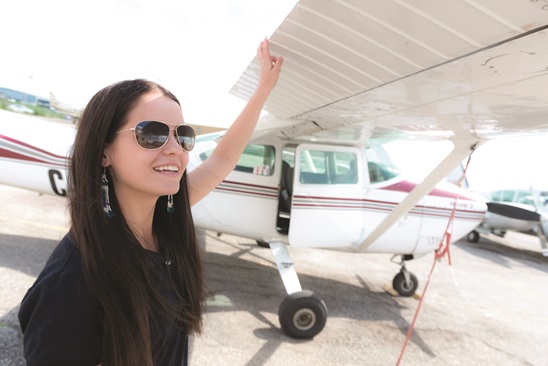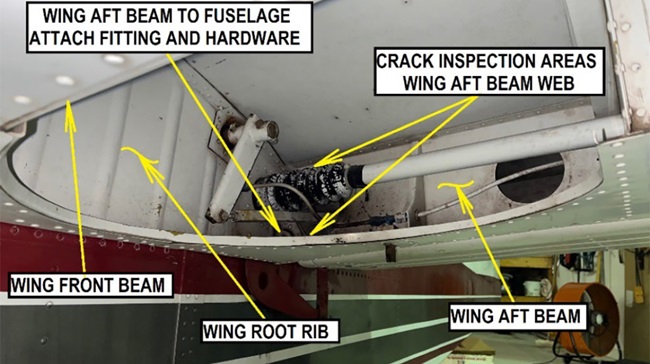Flying Life: Flying with precious cargo
Tips to reduce stress when carrying loved ones
“Do you think it’s too hot in here for her?” he asked me. “Should I slow down a little?” he wondered out loud. Although my husband had been safely driving cars for his entire adult life, the fact that he was now a father and a driver added a whole new level of stress to the car ride experience.
I experienced a similar level of sweat-inducing stress the first time I loaded up the entire family in our Cessna 172 for a holiday trip to grandma’s house. The kids were 3 years old and 6 months old at the time. On the drive to the airport, I put in a call to the weather briefer and tried to hear over the noise. Who knew that two small people could make such a ruckus?
Once at the airport, my husband went about the business of loading the airplane with bags and car seats while I watched the kids and tried to do the preflight. When my nonpilot husband asked where I would like certain bags to be positioned, I snapped at him. I saw his eyes go wide, but to his credit, he said nothing. God bless him.
My job is to be pilot. My husband’s job is to be dad and helpful passenger. When my passengers know what to expect in advance, I am able to focus on flying the airplane, not playing comforting mom, helpful wife, or any other role. What is the matter with me? I wondered. I’ve flown for the airlines. I’ve done corporate and charter flying. Why does a trip to grandma’s house have me so rattled? Looking back, I can see that the stress of trying to manage loose children on a busy airport ramp while also doing a walkaround was just too much. I was also feeling pressure from the fact that I was about to load up my most precious cargo and take them 5,000 feet in the air. The “what ifs” were wreaking havoc on my normal, laid-back attitude, not to mention the fact that the kids were doing what kids do. The 3-year-old wanted a snack. The baby needed a diaper change. I was trying to be pilot and mom and wife at the same time.
When we got in the air, the situation didn’t get much better. My husband wanted to chat, and I could hear the baby crying in the backseat. I consider it a small miracle that we arrived at our destination safely that day. In hindsight, I can see how all of the distractions could have been a recipe for disaster.
So, here’s what I learned about flying with family. Do a passenger briefing. Yes, we all know that we should brief our passengers on emergency exits, seat belts, and fire extinguishers, but I now know there is so much more to cover. We are especially sensitive to our loved ones’ discomfort and fear, so do a really thorough brief of anything that may be disconcerting in flight, including turbulence, or IMC encounters.
Also, make sure everyone knows their roles. My job is to be pilot. My husband’s job is to be dad and helpful passenger. We take separate cars to the airport now. I head out early so I can check the weather and do my preflight without distraction. He and the kids also know that a sterile cockpit—at least for taxi, takeoff, and landing—is something we must adhere to. Being quiet is a bit of a foreign concept for a 3-year-old, but we’re working on it. During cruise, my husband handles any backseat issues while I fly the airplane. Another thing to keep in mind when flying with young passengers is that they may not be able to handle rapid pressure changes, so I always plan early, slow descents down from altitude.
When my passengers know what to expect in advance, I am able to focus on flying the airplane, not playing comforting mom, helpful wife, or any other role. Passengers are also able to enjoy the flight more when they see that their pilot is calm and relaxed. In the end, I think the very best thing we can do for our loved ones is to focus on getting them safely to their destination.AOPA


